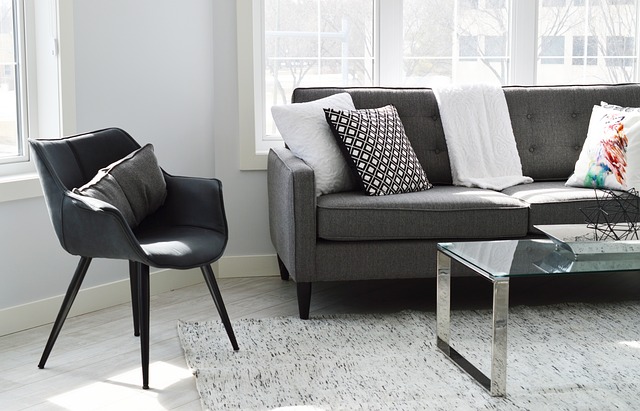Staging Mistakes You
Might Be Making

Deciding to sell your home isn’t just about changing addresses. It’s about parting with a space that has been a canvas for memories, growth, and comfort. However, as life changes – be it because of the need for more space, downsizing, or relocating for opportunities – so does the need for our home. Preparing it for the market often involves detaching from personal sentiments and thinking of the larger picture: attracting potential buyers.

Understanding Home Staging
At its core, home staging isn’t merely about reorganizing furniture or putting on a fresh coat of paint. It’s a strategic marketing tool, aimed at presenting your home in its most appealing light. Unlike personal decorating, where choices resonate with personal memories and preferences, staging crafts a narrative where buyers can visualize creating their memories. This distinction is essential, and many homeowners fall into common staging mistakes when they sidestep professional help.
Common Staging Mistakes Homeowners Make
Emotional Attachment:
It’s natural to feel attached to your home. However, this attachment can cloud objective decision-making, leading to ineffective staging. Professionals understand the fine line between a lived-in space and one that’s market-ready.
- Personal Touches: Items like family photographs, mementos, and personalized art can deter potential buyers from seeing themselves in the space. It’s essential to depersonalize and let the home speak to its new inhabitants.
- Creating Emotional Distance: Subtle changes, like rearranging furniture or introducing neutral decor, can make the home feel less familiar, making the transition easier for you
Incorrect Furniture Placement and Scale:
Furniture can tell a story, but sometimes, it might not be the right one. Staging mistakes in this category can alter a room’s perceived size and functionality.
- Avoid Wall Hugging: Contrary to popular belief, pushing furniture against walls doesn’t always make a room seem bigger. Sometimes, it can create an uninviting void in the center.
- Mind the Scale: Oversized furniture can dwarf a room, while undersized pieces can make it seem barren. Striking the right balance is key.
Overlooking Storage:
Buyers aren’t just looking for living spaces. They’re also keen on where they’ll store their belongings. Overstuffed closets or cluttered shelves can signal a lack of storage.
- Declutter: Aim to empty at least 50% of your storage spaces to illustrate their true capacity.
- Showcase Storage Solutions: Whether it’s built-in shelves, walk-in closets, or clever nooks, ensure they’re tidy and accessible.
Color Choices:
Personal preferences in colors can be one of the most glaring staging mistakes. While you might love that bright turquoise bedroom, it might not resonate with most buyers.
- Stay Neutral: Creams, beiges, and grays are generally safe choices and provide a blank canvas.
- Add Pops of Color Thoughtfully: While neutral dominates, a well-placed vibrant cushion or art piece can breathe life into a space without overwhelming it.
Conclusion
Selling a home is both an art and a science. With professional staging, you’re not just rearranging spaces; you’re setting a stage for potential buyers to see a future. By understanding and avoiding common staging mistakes, you can transition smoothly, ensuring your home fetches its true value in the market.















